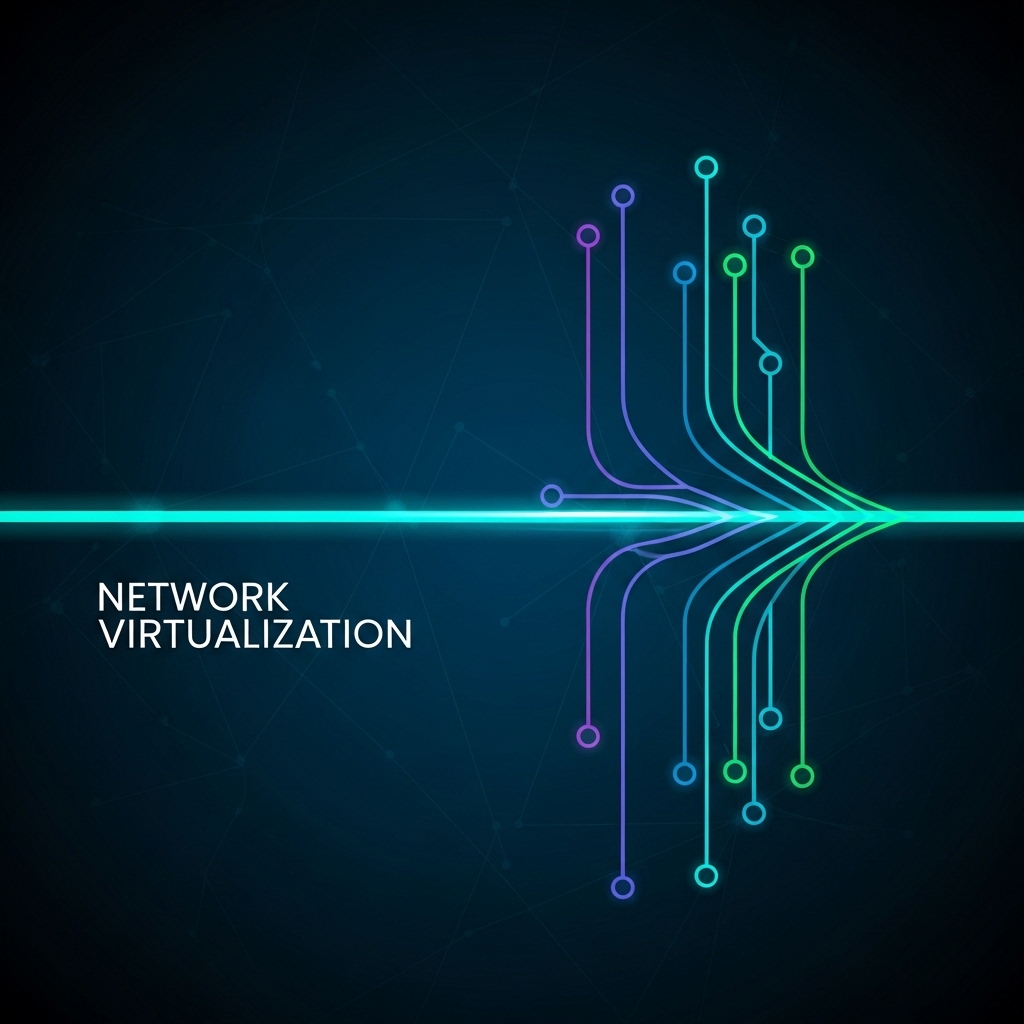What is Network Virtualization?
Network virtualization is a technology that decouples physical network resources from their logical representations using software-defined layers. This enables the creation and independent management of multiple virtual networks on the same physical infrastructure—boosting agility, scalability, and control.
Key Benefits of Network Virtualization
• Flexibility: Virtual networks can be provisioned and reconfigured dynamically through software without physical changes.
• Centralized Management: All virtual networks are managed from a unified console, improving operational visibility and control.
• Enhanced Security: With isolated segments and policy-based controls, organizations can implement micro-segmentation, threat containment, and strict access rules with ease.
• Efficient Resource Utilization: Bandwidth, routing, and IP allocations are optimized through software, maximizing performance and minimizing waste.
• Cloud-Ready Infrastructure: Network virtualization seamlessly integrates with hybrid and multi-cloud environments, simplifying remote access and application delivery.
Use Cases
• Multi-tenant data centers and network automation
• Secure remote access and application segmentation
• Threat containment within internal network zones
• Rapid service deployment across cloud and on-prem environments
Conclusion
Network virtualization empowers enterprises with a secure, scalable, and software-driven networking model. It not only enhances agility but also strengthens security and simplifies infrastructure management. At KutSec, we help businesses modernize their network architecture and build a resilient foundation for digital growth and innovation.












